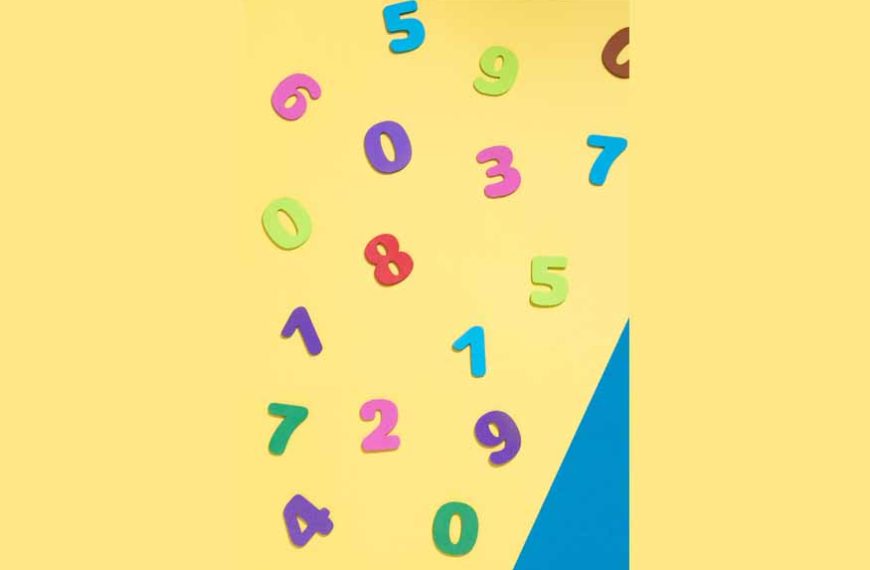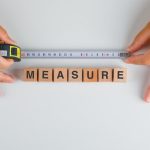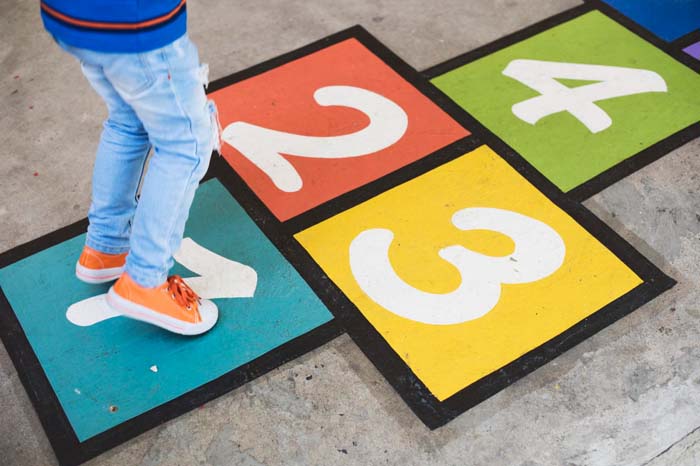“Prime numbers are building blocks of all positive integers. They matter in cryptography and computer science. They are used for factorization and determining divisibility.”
– Times of India
Table of Contents
1. What is a Prime Number?
2. History of Prime Numbers
3. 15 Amazing Properties and Facts of Prime Numbers
4. 3 Fun Techniques to Teach Prime Number to Kids
5. Practice Problems of Prime Numbers with Solutions
6. 12 Frequently Asked Questions on Prime Numbers
7. Conclusion
What is a Prime Number?
A prime number is a natural positive number that is only divisible by 1 and the number itself. To rephrase it, prime numbers are positive integers that are greater than 1 with only 2 factors, 1 and the number itself. This is the prime number definition. The numbers 2, 3, 5, 7, 11, 13 are a few examples of prime numbers. All other numbers are composite numbers. The only exception is 1 which is neither a prime nor composite number. This is because its value is not greater than 1 and it is not a product of two smaller natural numbers. All prime numbers are odd numbers except for 2 which is the smallest prime number and the only even prime number. A prime number is only divisible by 1 and its self.
Did your kids know the prime number definition? With prime number practice problems, they can learn the practical application of numbers in solving mathematical equations.
History of Prime Numbers
Prime numbers have been existent for many years with great contributions from mathematicians, particularly from ancient Greek civilizations. Around 300 BCE, Euclid the Greek mathematician proved the infinitude of prime numbers. Further, scholars like Al-Khwarizmi performed advanced studies on prime numbers during the Islamic Golden Age. Fast Forward to the 17th century, Fermat and Mersenne made significant contributions. In the 18th century, Euler’s work linked prime numbers to broader mathematics. In 1896, the prime number theorem was proven by Hadamard and de la Vallée Poussin. In the modern age, prime numbers are used by computers in applications, particularly cryptography that are exemplified by projects such as GIMPS, which continue to unveil large prime numbers.
Did you know? The Indian mathematician Srinivasa Ramanujan (1887-1920) significantly contributed to the number theory and the research of prime numbers. He uncovered a class of prime numbers known as Ramanujan primes that have interesting traits and are open to research.
15 Amazing Properties and Facts of Prime Numbers
Does your kid know the properties of prime numbers? Worry not! Below, we have mentioned 15 interesting properties of prime numbers:
1. Prime numbers are the natural numbers which are greater than 1.
2. 2 is the smallest prime number.
3. 2 is the only even prime number. Every other prime number is an odd number.
4. Any two prime numbers are always coprime which is one of the important prime number properties.
5. Any composite number can be expressed as the product of its prime factors.
6. A prime number has only two factors – 1 and the number itself.
7. If 2 prime numbers have only 1 composite number between them, they are known as twin-prime numbers.
8. The only consecutive prime numbers are 2 and 3 also one of the important prime number properties.
9. Except for 0 and 1, a whole number is either a prime or a composite number.
10. There is no prime number greater than 5 that ends with a 5.
11. The Sieve of Eratosthenes is one of the earliest and easiest methods of finding prime numbers.
12. Prime numbers get more rare as the number gets bigger.
13. Every even positive integer greater than 2 can be written as the sum of two prime numbers.
14. Every integer greater than 1 has at least one prime factor.
15. The largest known prime number is 282,589,933 – 1, with 24,862,048 digits as of November 2022. These are the properties of prime numbers.
3 Fun Techniques to Teach Prime Numbers to Kids
1. The Sieve of Eratosthenes
The Sieve of Eratosthenes is a simple method for identifying prime numbers devised in the third century B.C. by Eratosthenes, the Greek mathematician.
Step 1: Make a table of all the natural numbers between 1 to 100 using 10 rows and 10 columns.
Step 2: Cut out 1 as it is neither a prime nor composite number.
Step 3: Encircle 2 and cross out all its multiples like 4, 6, 8, 10 and so on as they are not prime numbers.
Step 4: Circle 3 which is the next uncrossed number and crosses out all its multiples. Leave out the previously crossed out numbers like 6, 12 and 18 and so on.
Step 5: Continue the process of circling the next uncrossed number and crossing out its multiples till all the numbers in the table are either encircled or crossed except 1.
2. Prime Number Chart
| 1 | 2 | 3 | 4 | 5 | 6 | 7 | 8 | 9 | 10 |
| 11 | 12 | 13 | 14 | 15 | 16 | 17 | 18 | 19 | 20 |
| 21 | 22 | 23 | 24 | 25 | 26 | 27 | 28 | 29 | 30 |
| 31 | 32 | 33 | 34 | 35 | 36 | 37 | 38 | 39 | 40 |
| 41 | 42 | 43 | 44 | 45 | 46 | 47 | 48 | 49 | 50 |
| 51 | 52 | 53 | 54 | 55 | 56 | 57 | 58 | 59 | 60 |
| 61 | 62 | 63 | 64 | 65 | 66 | 67 | 68 | 69 | 70 |
| 71 | 72 | 73 | 74 | 75 | 76 | 77 | 78 | 79 | 80 |
| 81 | 82 | 83 | 84 | 85 | 86 | 87 | 88 | 89 | 90 |
| 91 | 82 | 93 | 94 | 95 | 96 | 97 | 98 | 99 | 100 |
Prime number chart is an effective way to introduce prime number practice problems to your kids. This prime numbers list shows the 25 prime numbers between 1 and 100 — 2, 3, 5, 7, 11, 13, 17, 19, 23, 29, 31, 37, 41, 43, 47, 53, 59, 61, 67, 71, 73, 79, 83, 89 and 97.
3. Co-Primes and Twin-Primes
Two numbers are said to be co-primes when 1 is their only common factor. Co-prime numbers are not necessarily prime numbers. For example, 9 and 10 are co-primes. Note that any two prime numbers are always coprime. This is because out of their two factors, 1 is the only common factor. Some examples of co-prime numbers are (3, 5), (11,13), (17, 19) and so on.
Twin-prime numbers are 2 prime numbers that have just one composite number between them. (3, 5), (5, 7), (11, 13), (17, 19), and so on are some examples of twin-prime numbers.
Practice Problems of Prime Numbers with Solutions
1. Identify the given numbers as prime numbers or composite number
13, 48, 49, 23, 74, 80, 71, 59, 45, 47
Solution:
| Prime Numbers | Composite Numbers |
| 13, 23, 71, 59, 47 | 48, 49, 74, 80, 45 |
2. Express the number 21 as the sum of two prime numbers.
Solution:
We can write 21 as
21=19+2
Here, 2 and 19 are both prime numbers.
3. What are the prime numbers between 20 and 30?
Solution:
The 2 prime numbers between 20 and 30 are 23 and 29.
4. Which is the greatest prime number between 80 and 90?
Solution:
The prime numbers between 80 and 90 are 83 and 89 which makes
89 is the greatest prime number.
5. Is 10 a prime number?
Solution:
No, because it can be divided evenly by 2 or 5, 2×5=10, as well as by 1 and 10.
Alternatively, you can use the formula of 6n ± 1.
10 = 6(1) + 4 = 6(2) – 2
This is not of the form 6n + 1 or 6n – 1.
Hence, 10 is not a prime number.
6. Is 19 a prime number?
Solution:
Write the number in the form of 6n ± 1.
6(3) + 1 = 18 + 1 = 19
Therefore, 19 is a prime number.
7. Which is the greatest prime number between 1 to 10?
Solution:
The 4 prime numbers between 1 and 10 are 2, 3, 5, and 7 so the greatest prime number is 7.
8. What is the largest known prime number?
Solution:
The largest known prime number is 282,589,933 – 1, with 24,862,048 digits as of November 2022.
Practice Problems on Prime Numbers
- Which of the following is not a prime number?
- 83
- 61
- 71
- 81
Answer is c: 71
- What is the 10th prime number?
- 23
- 29
- 31
- 37
Answer is a: 23
3. How many prime numbers are there between 40 and 50?
- 1
- 2
- 3
- 4
Answer is b: 2
4. Which is the smallest odd prime number?
- 1
- 2
- 3
- 5
Answer is c: 3
5. Which of the following pairs of numbers are co-prime numbers?
- (7, 14)
- (15, 27)
- (25, 35)
- (8, 55)
Answer is d. (8, 55)
12 Frequently Asked Questions on Prime Numbers
1. Is 1 a prime number?
2. Can a prime number be negative?
3. Why is 2 the only even prime number?
4. Which is the largest known prime number?
5. In which way are prime numbers and co-prime numbers different?
6. Which is the lowest prime number?
7. What makes a number prime?
8. How to find prime numbers?
9. How do you check if a number is a prime number?
10. What is the smallest prime number?
11. Why are 0 and 1 not considered to be prime nor composite numbers?
12. What is the total number of prime numbers from 0 to 100?
Conclusion
With this blog, we hope you have more clarity on prime numbers, their properties, methods to find prime numbers and different prime numbers lists and answered your question ‘what are prime numbers?’ There are also a few examples and practice problems with and without solutions based on these concepts for a better understanding.
For more clarity on prime numbers and their various properties and features, you can visit the EuroKids website and update yourself.
For informative and accurate articles on all things related to your new born-toddler’s development, growth, health and nutrition, follow EuroKids Blogs and do check out our nationally recognized preschools – EuroKids for the first step in your kid’s educational journey!














